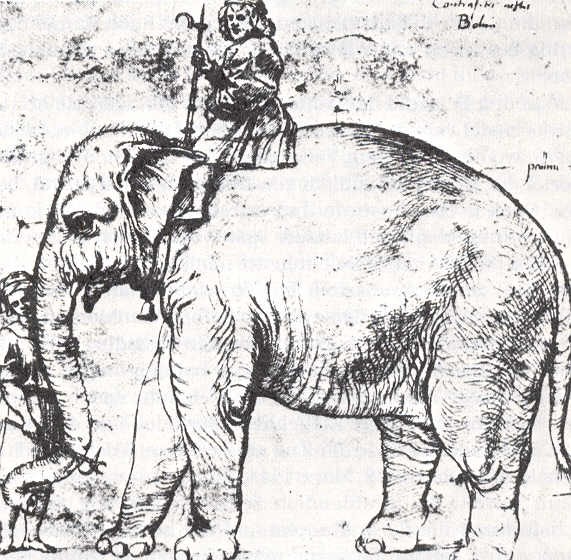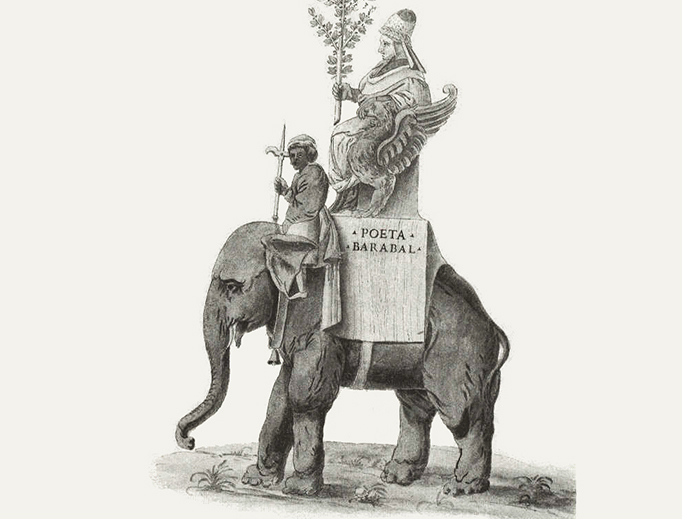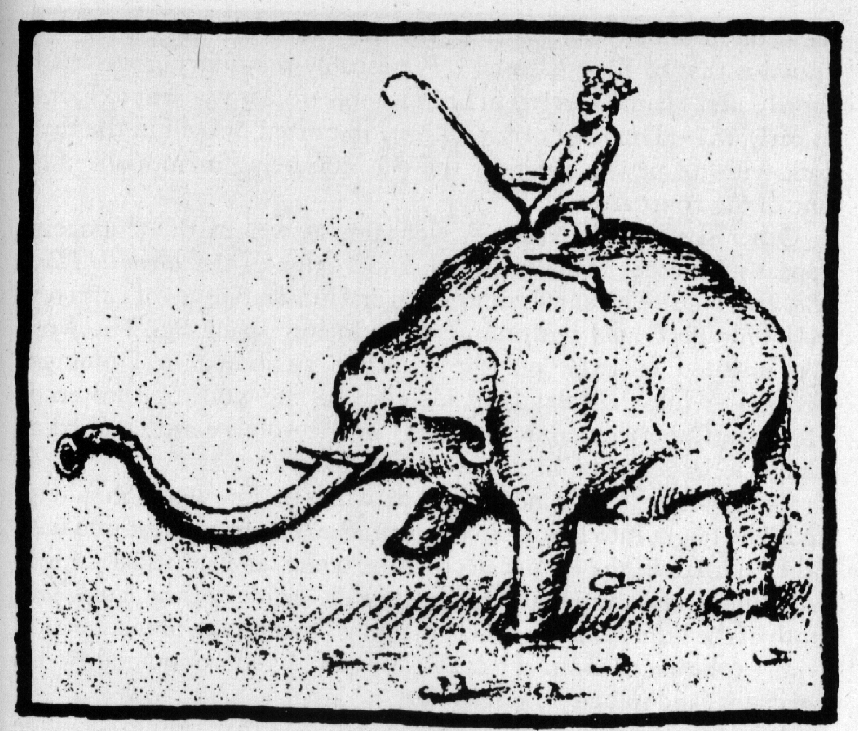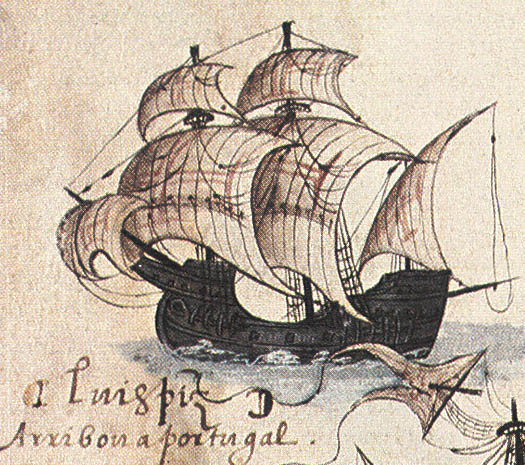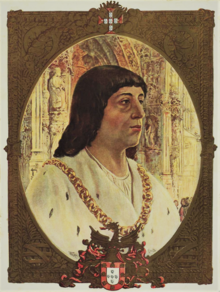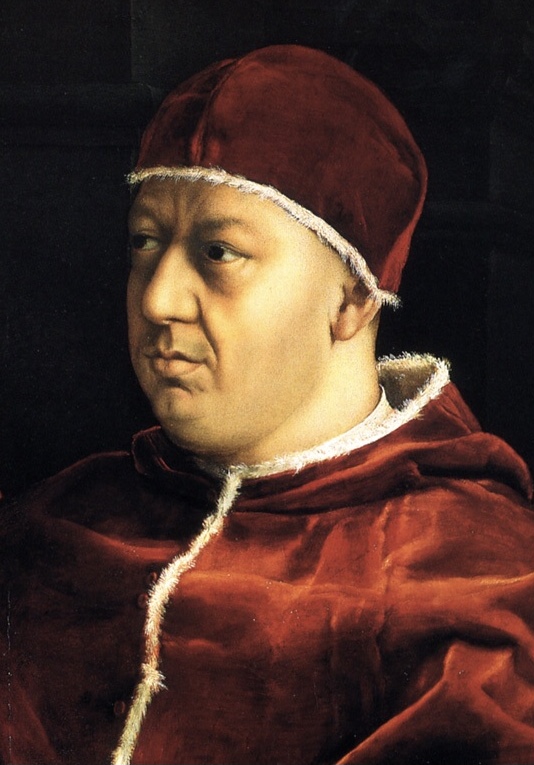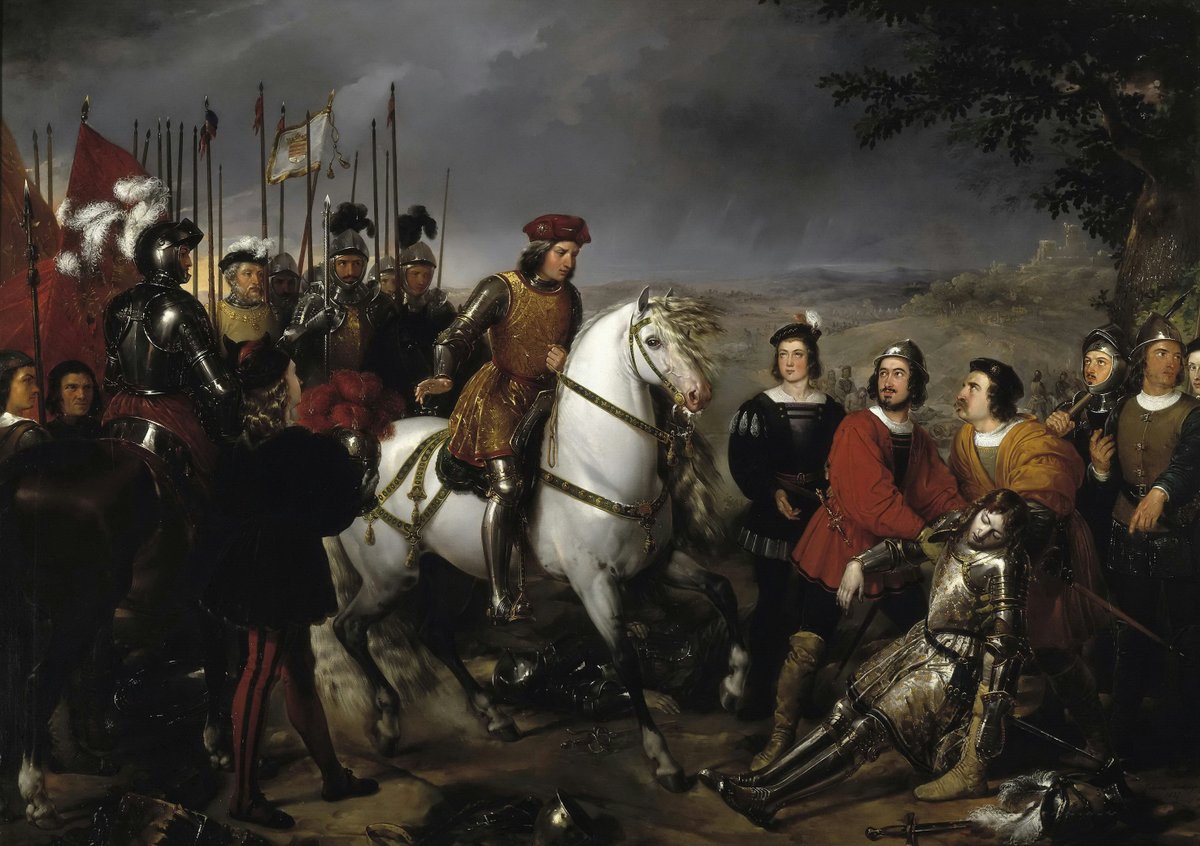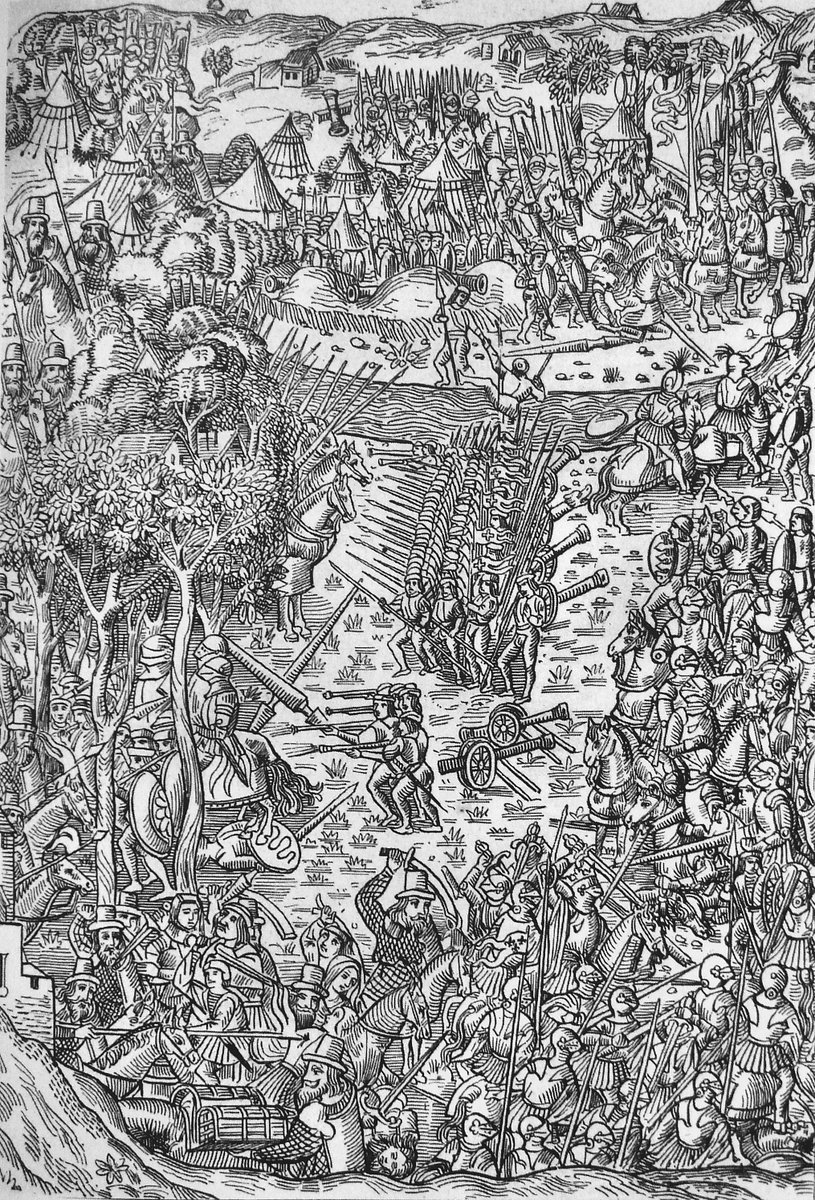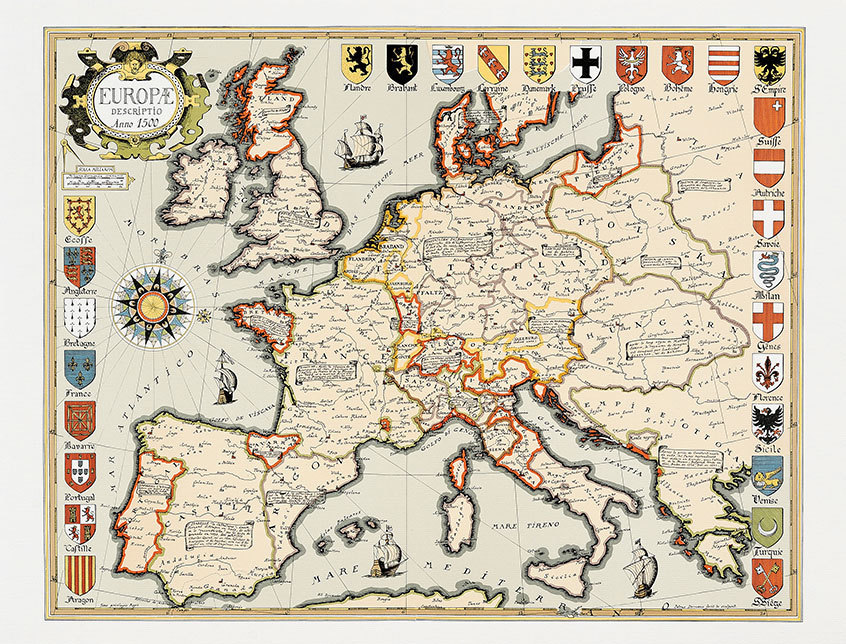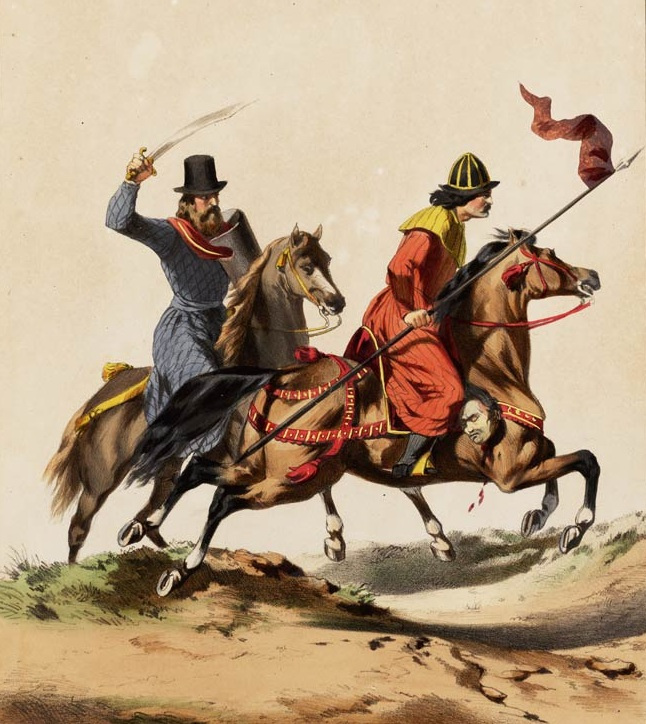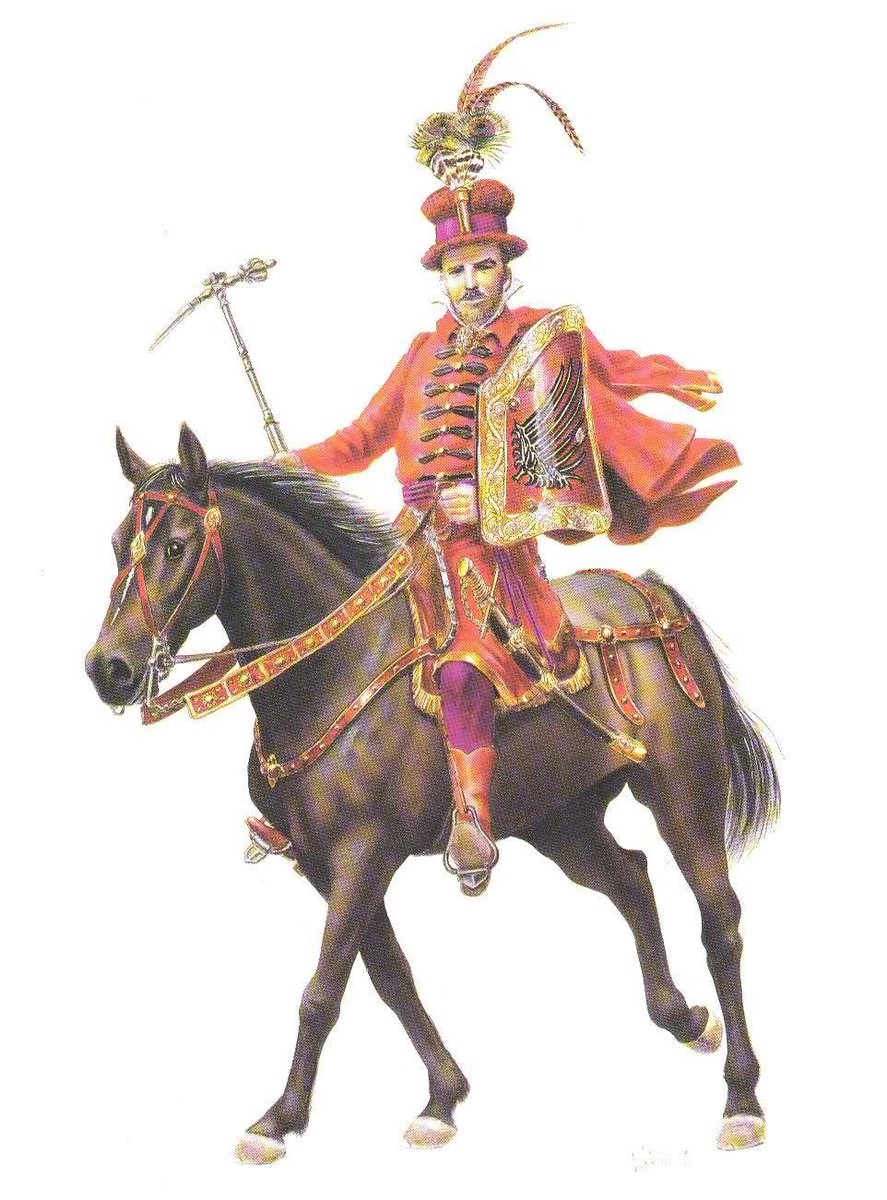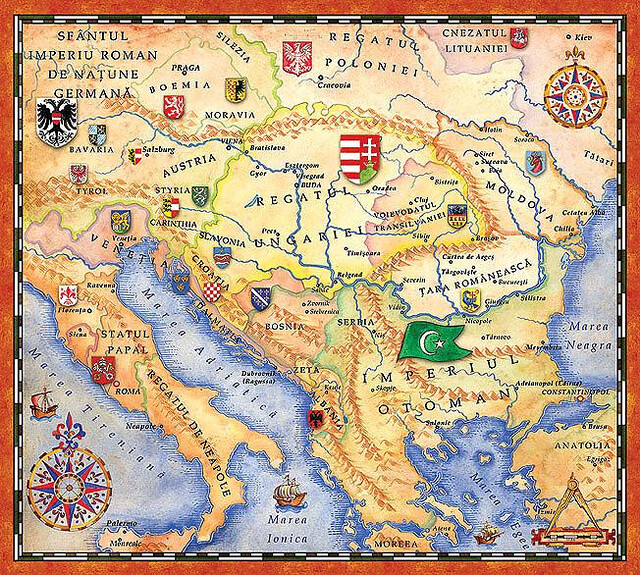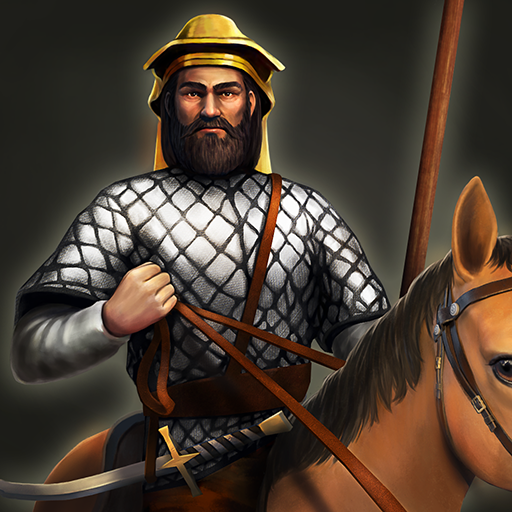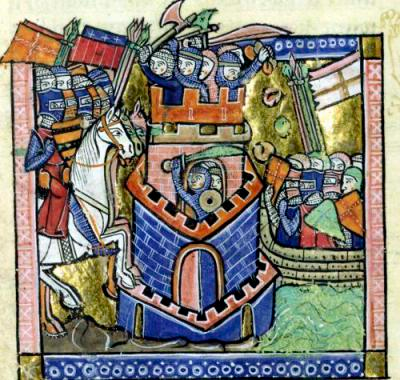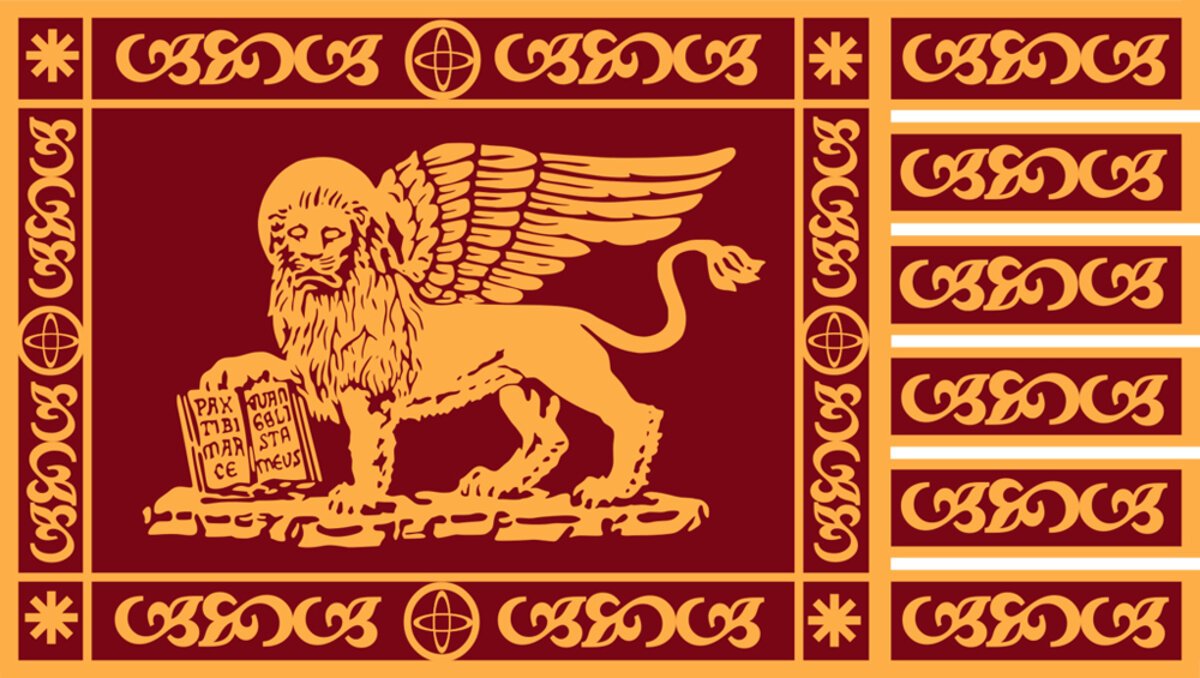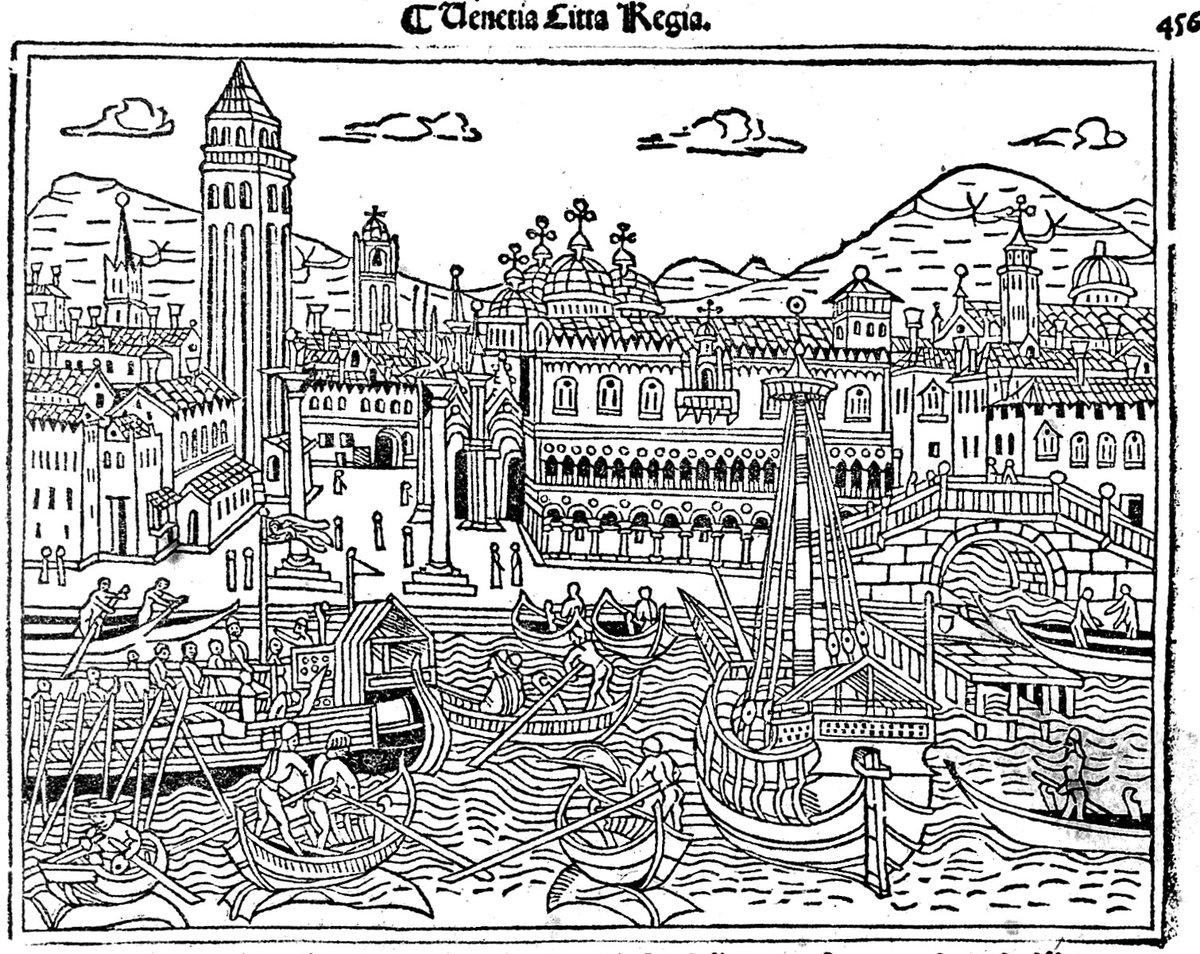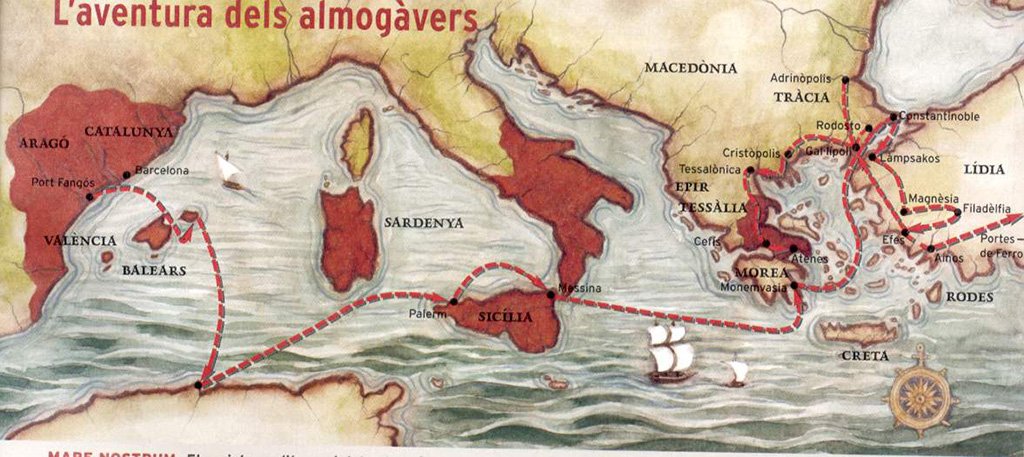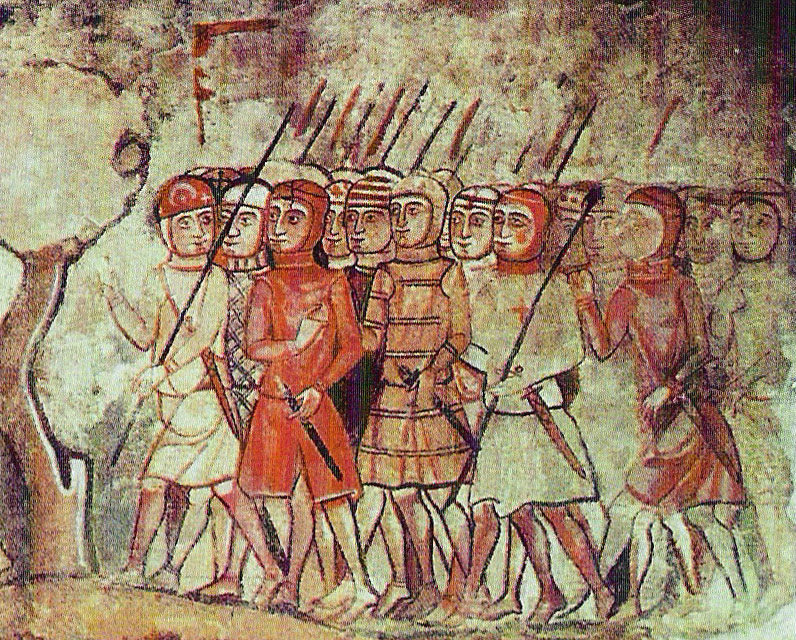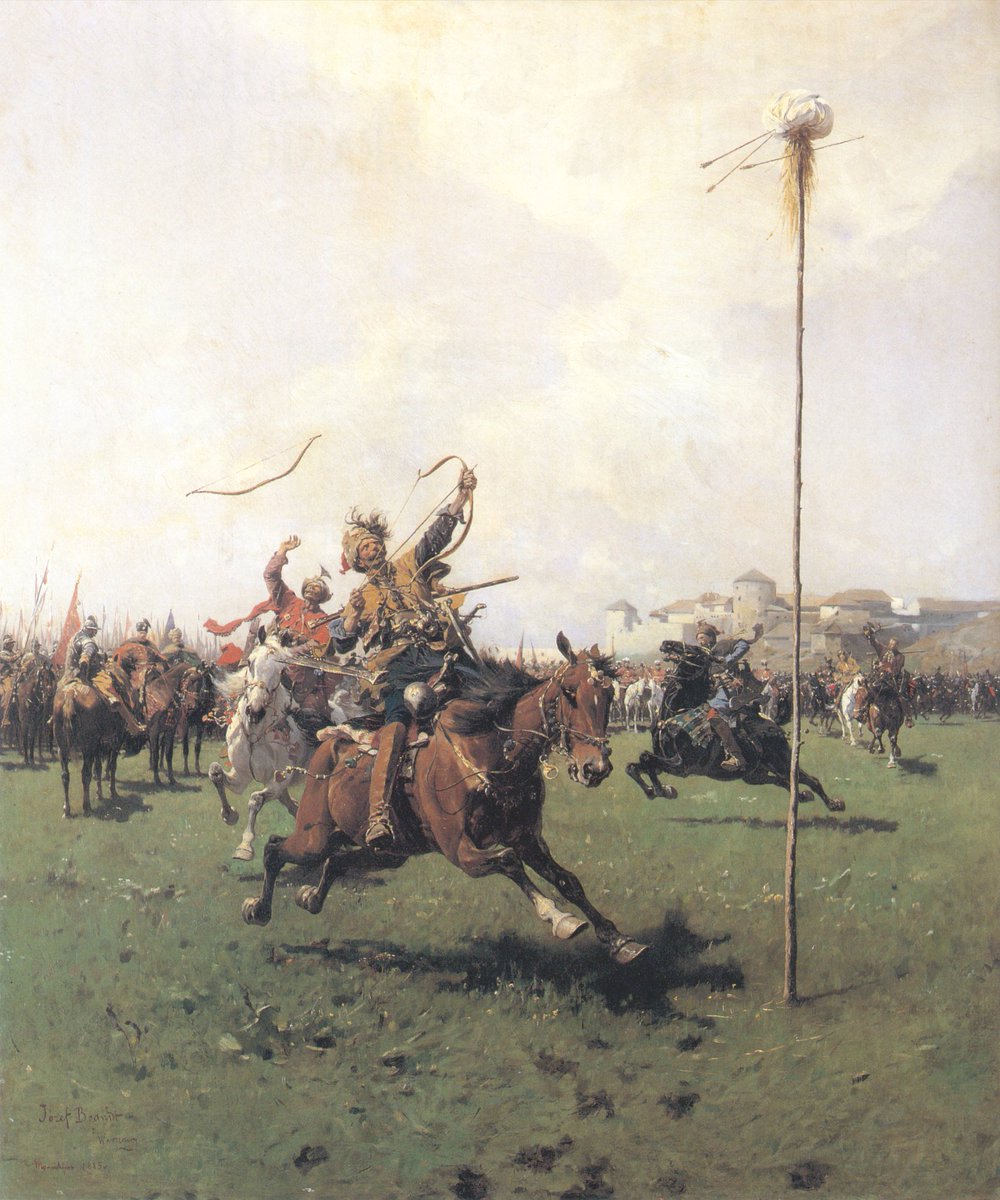
Today 8 July is the anniversary of the 1283 battle of Malta which was part of the War of The Sicilian Vespers between Crown of Aragon and the French princes of Anjou. The famous admiral Roger of Lauria won the battle for Aragon! Let's take a look at the medieval naval warfare... 
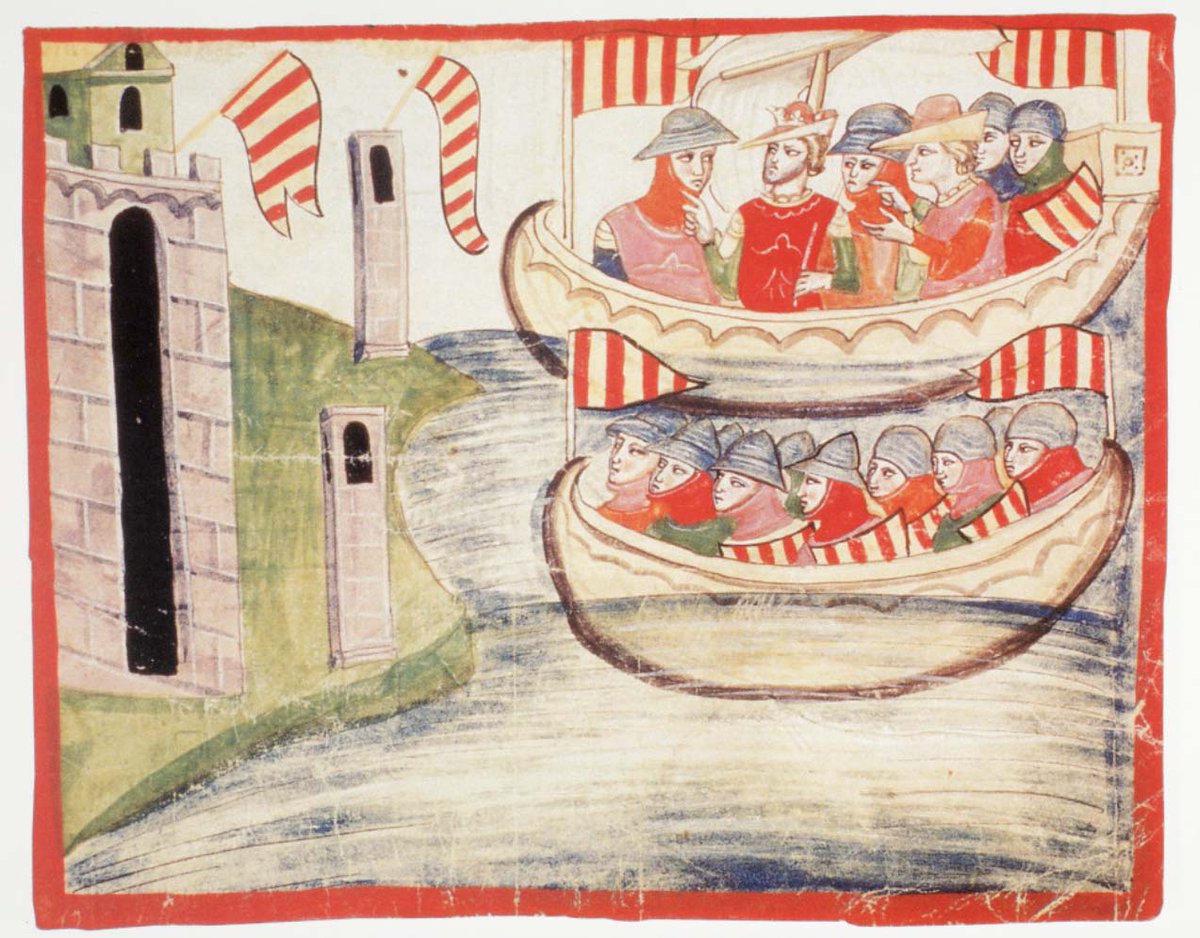
Medieval naval warfare in the Mediterranean was dominated by long galleys of shallow draft propelled by oars and equipped with sails, which were not used in battle however. Unlike galleys of antiquity, medieval galleys did not have rams. 
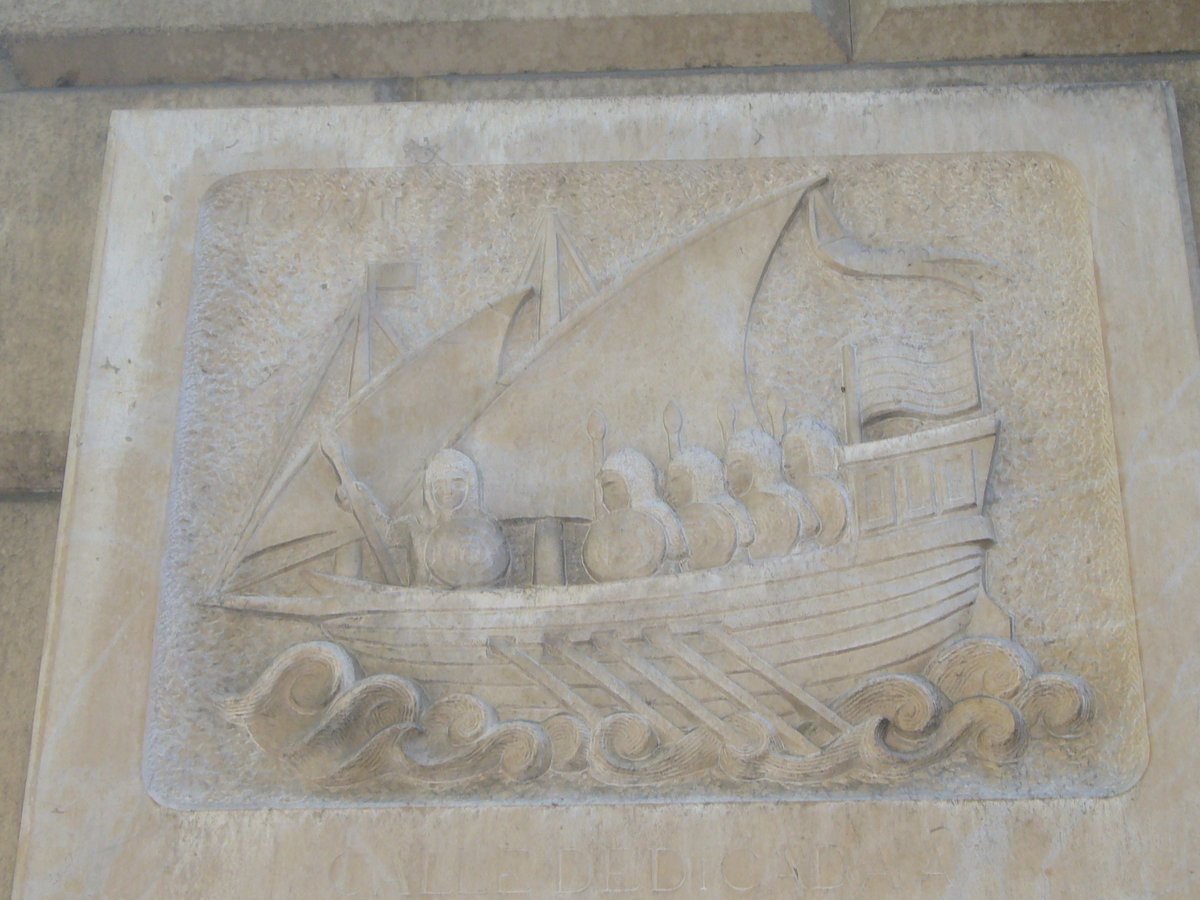
Instead of using rams, medieval ships fought by first firing arrows, javelins and other projectiles and then boarding the enemy ships. The position of the ship's bow or sterncastle was important so that the arrows could be fired at greater height at the fore and aft of the ship. 
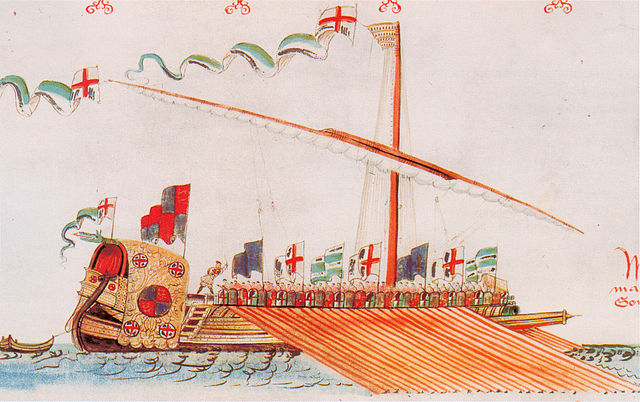
Mobility of the ships, experience of sailors and quality of the fighting troops all played part and the ships had to work in cohesion which was very difficult and required a good strategy by the admiral of the navy. Roger di Lauria was probably the greatest medieval admiral! 
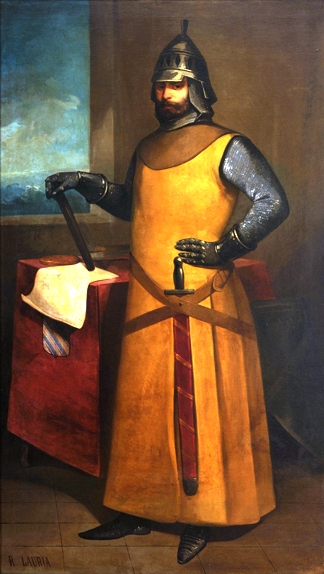
Roger di Lauria would win many battles for the Aragones which won them the War of Sicilian Vespers against the French which was decided through naval engagements. In the next comments I will explain what exactly made his fleet so invincible and why he was such a great admiral. 
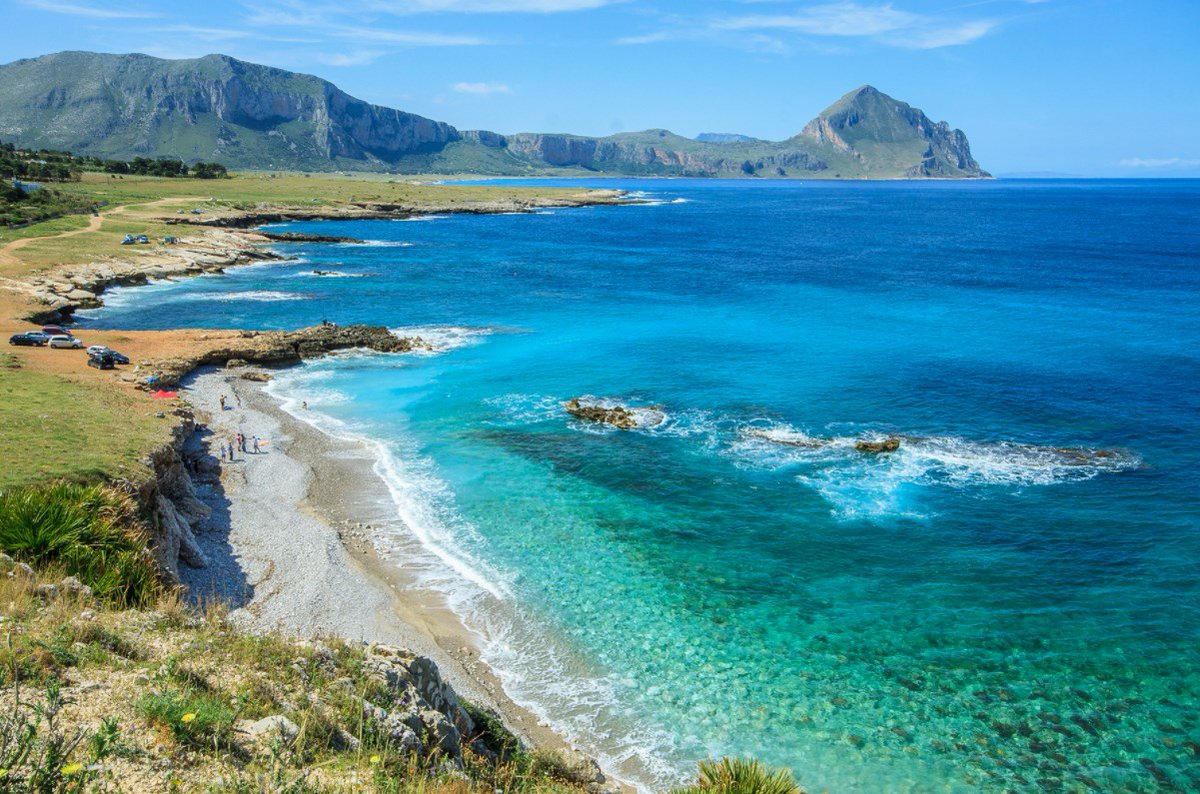
Roger di Lauria understood the specific nature of naval warfare and made several innovative adjustments. He suggested the Aragonese build galleys with significant modifications, increasing them in size from the standard Mediterranean size of 104-108 oars to 112-118. 
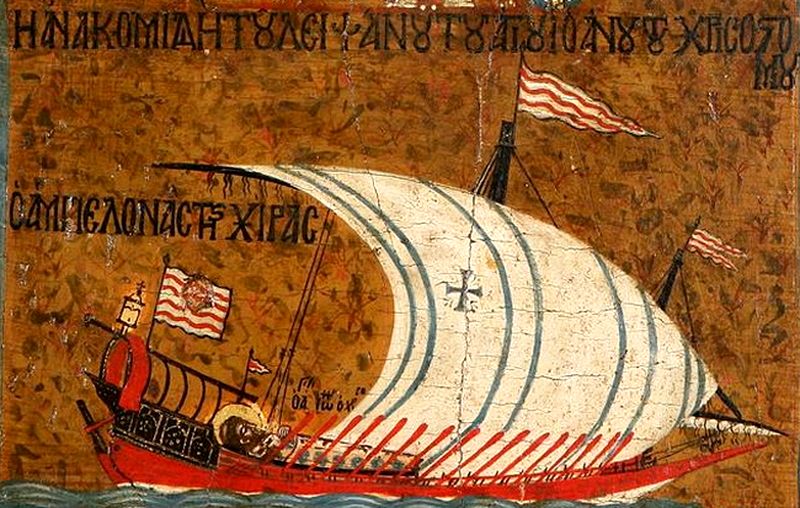
This made the ships slower and heavier, but the trade off was that they had higher bulwarks, forecastles and sterncastles, giving more protection to men. Di Lauria counted on his crossbowmen and the famed almogavars armed with javelins to cause significant damage to enemy ships. 
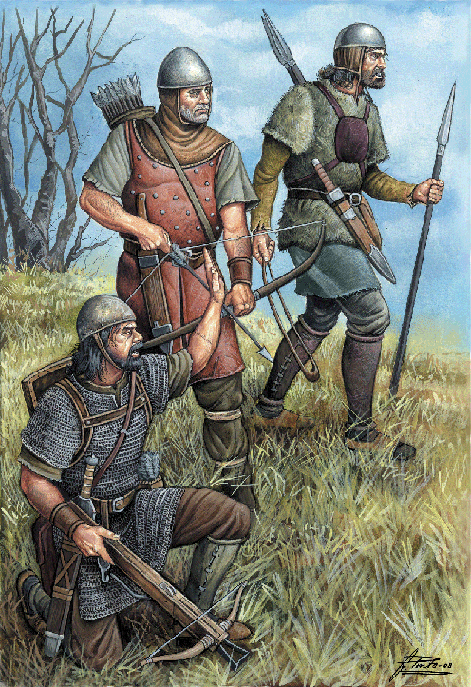
This Aragonese light infantry was well suited for naval fighting due to their mobility and experience with projectiles, they just needed to be protected to come close enough to the enemy ships to fire at them and board them. Di Lauria personally recruited sailors and marines. 
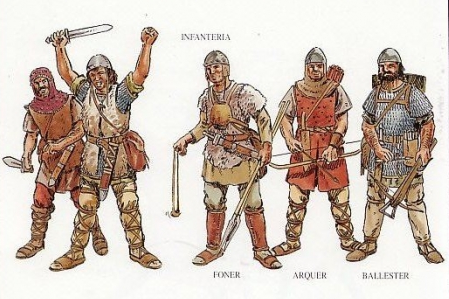
Meanwhile the French took naval warfare too much as if it was a land battle. Their main fighting force were the heavy armored knights who lacked mobility for boarding and fighting on unstable ships.They hired Genoese and Pisan crossbowmen but their crews had lack of communication 
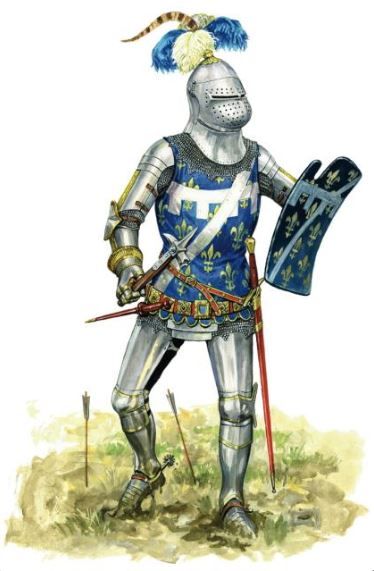
Their lack of communication problem affected their leadership as well, as Charles of Anjou appointed two admirals Guillaume Cornut and Bartholomé Bonvin, dividing the command for an unknown reason and it furthered the lack of coordination among French ships. 
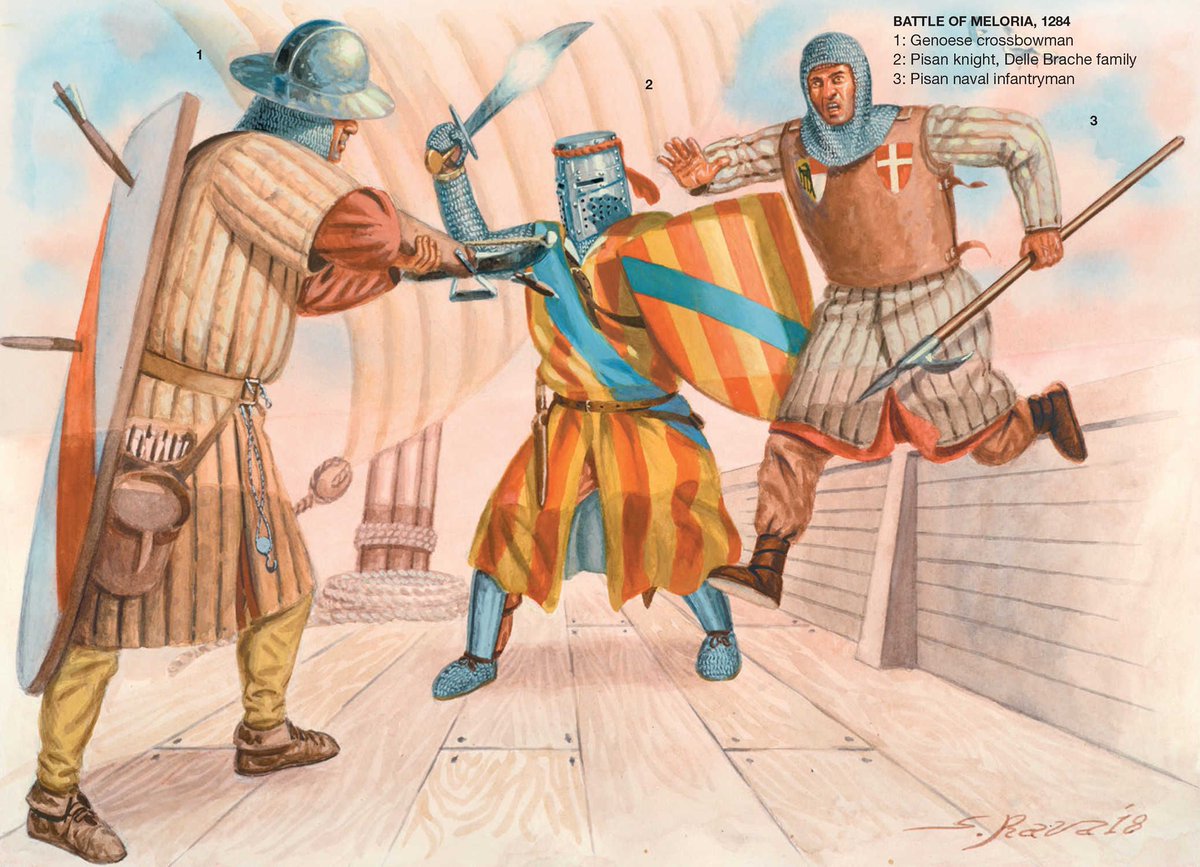
The battle would be fought in the entrance to the Grand Harbour of Malta. Roger di Lauria skillfully caught the French off guard but instead of a surprise attack, he decided to give a signal at dawn and gave the french time to assemble and meet him at the open sea. Why? Let's see 
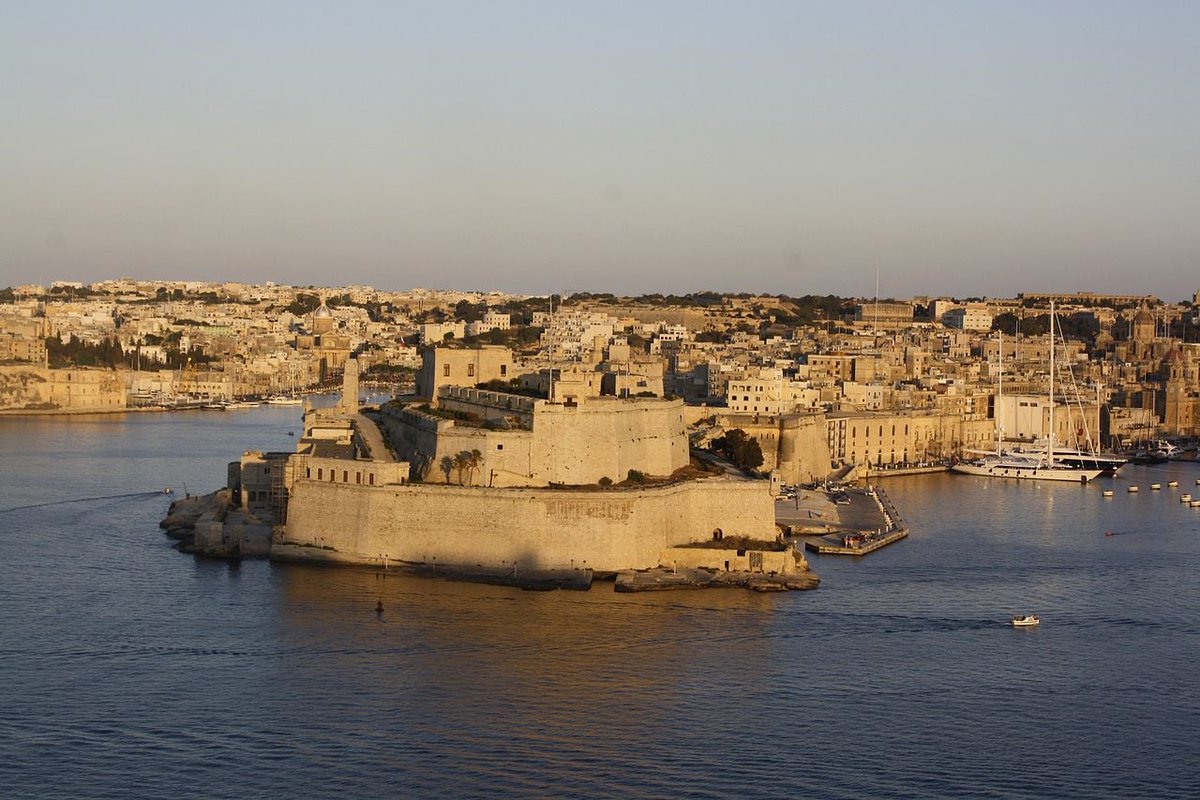
It was not so much as gesture of chivalry as he didn't want to fight the beached ships that could be reinforced by land and would not be able to be carried off if captured. Roger di Lauria wanted a pure naval battle, to fight the enemy at his favorite territory.The French obliged 
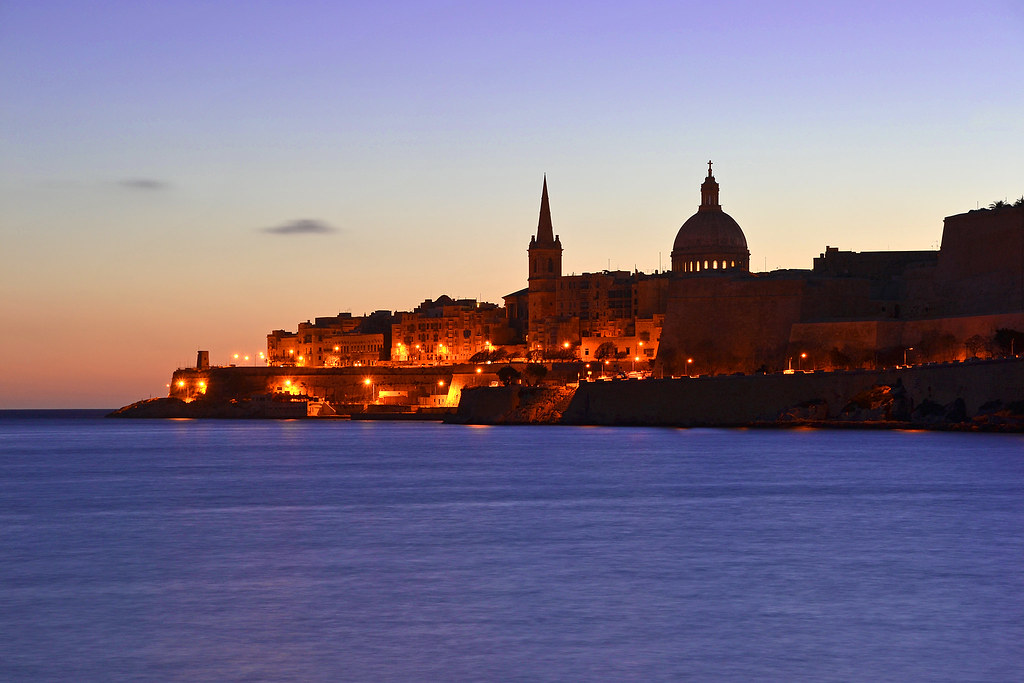
Di Lauria's favorite tactic was to advance in line and had his men refrain from firing missiles until very close to the enemy. He only allowed his crossbowmen to shoot, the rest of the men took cover, taking use of the extra protection their ships offered. The French fired arrows 
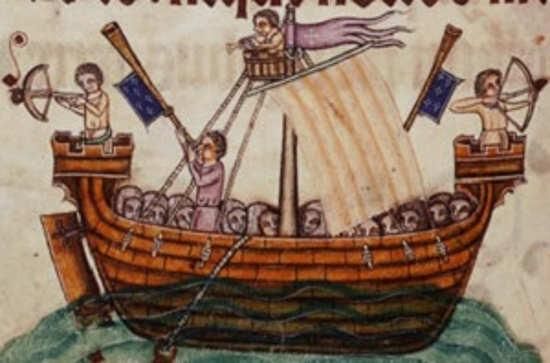
At noon, French ran out of their ammunition. They were also unable to board the enemy Aragonese ships that were too high. The Aragonese exploited this advantage and finally shot their arrows and javelins at French, decimating them before boarding the ships and fighting on ships. 
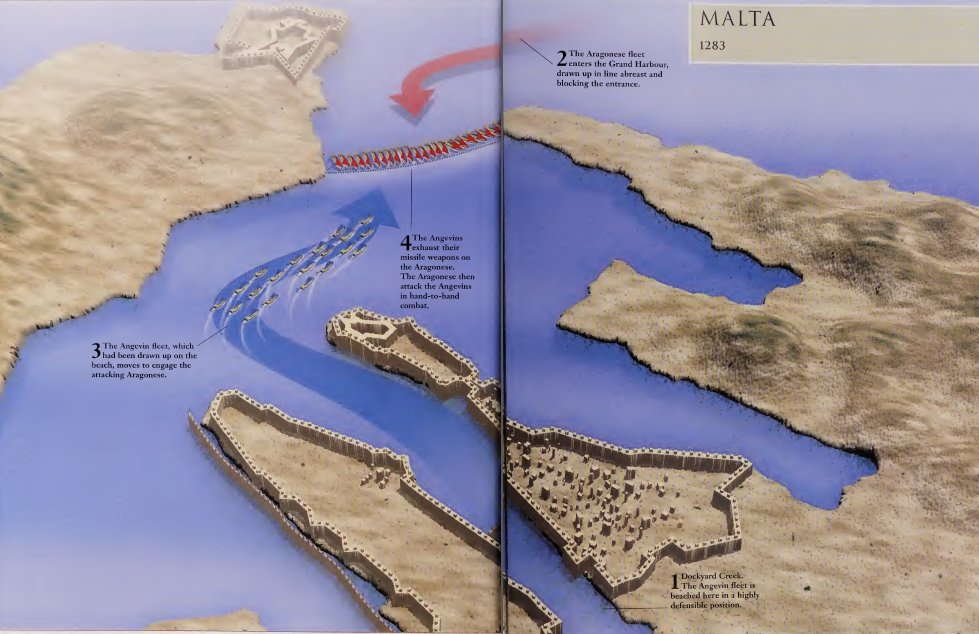
The victory of the Aragonese was complete and also brutal. The medieval naval battles were usually more lethal than land battles, as no quarter was given and there wasn't anywhere to escape other than to swim but those with armor and who didn't know to swim, didn't stand a chance 
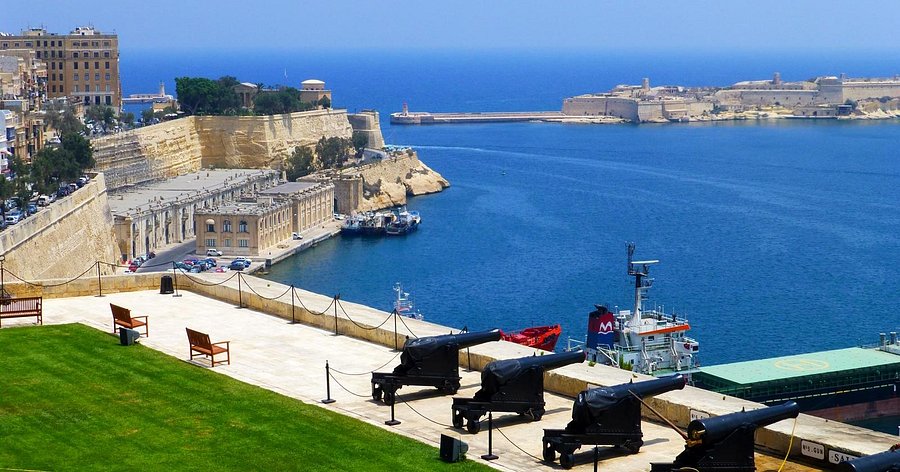
Roger di Lauria and the Aragonese fleet would keep on winning. This was the triumphant era of this ancient Iberian kingdom as the Crown of Aragon terrorized its enemies both on land and the sea and the ferocious almogavars would terrify many! Glory to the mighty Aragon! 

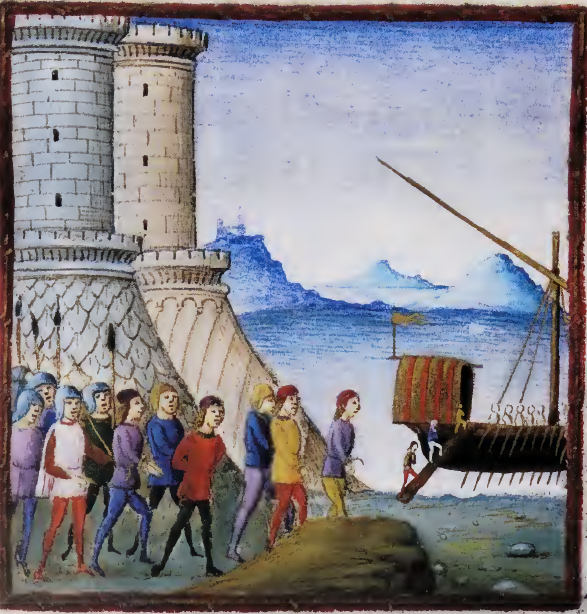
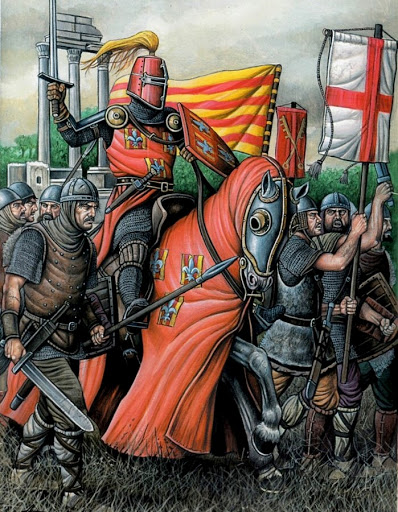
My main source: Battles of the Medieval World 1000-1500 (Kelly Devries and others, published in 2006 by Amber Books).
• • •
Missing some Tweet in this thread? You can try to
force a refresh


